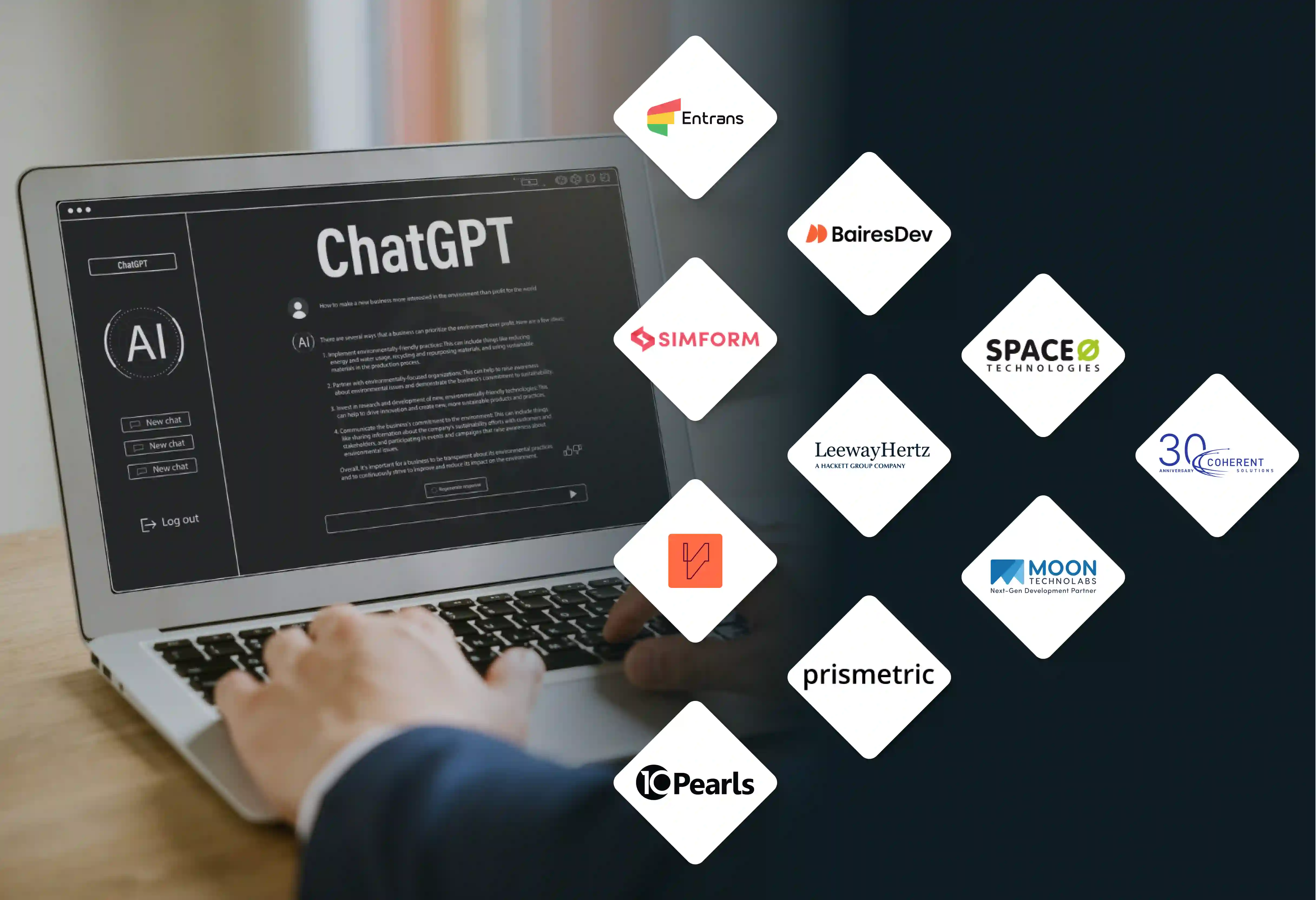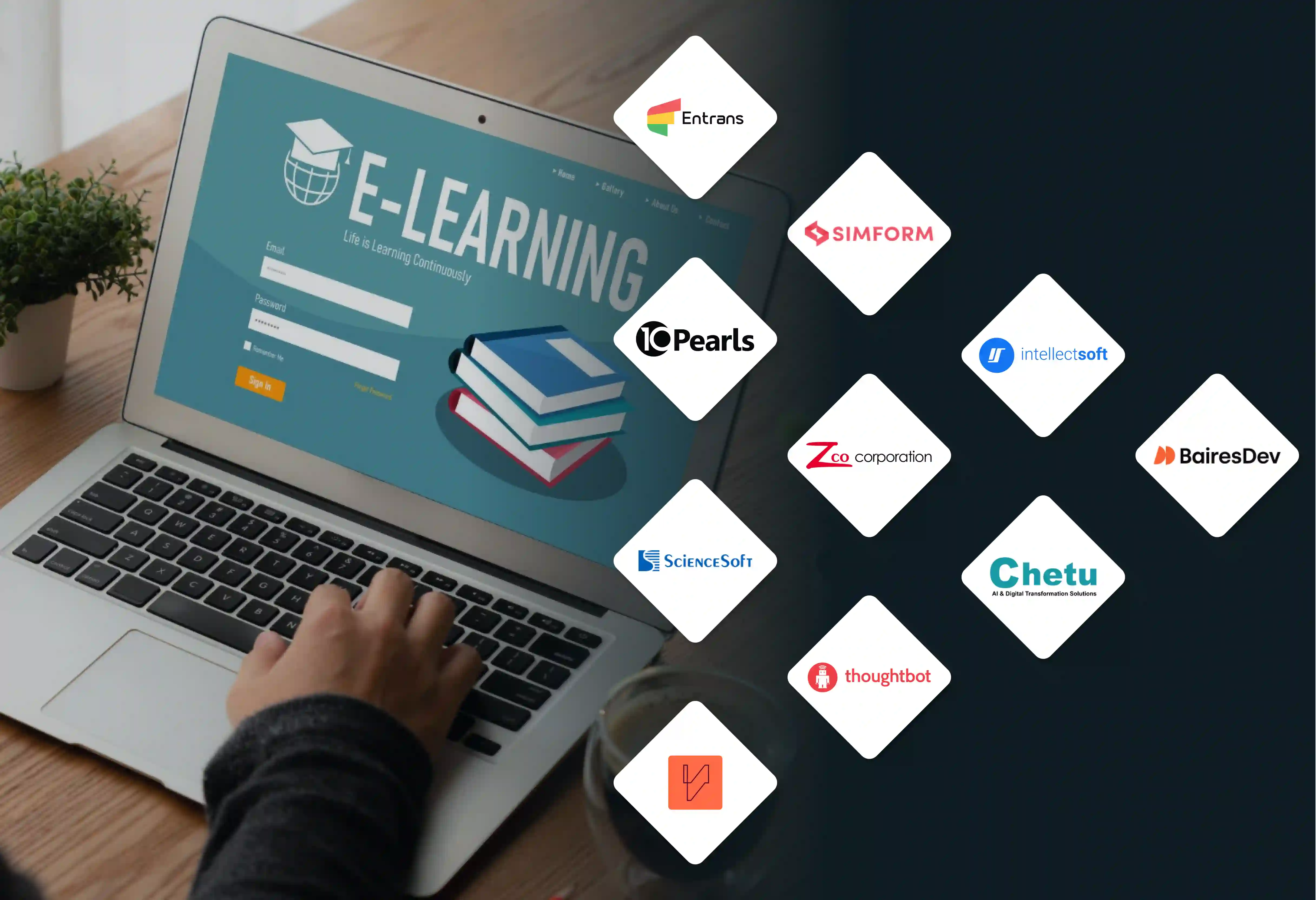


You're likely hearing more about Big Data Analytics, regardless of your industry. Think of detailed reports showing customer patterns or intelligent systems forecasting market changes.
Accurate predictions like these rely on big data analytics.
This guide explains what Big Data Analytics involves and how it's reshaping business operations and decision-making.
Big Data Analytics refers to the systems and methods used to study very large and varied data collections, often called "big data." These systems gather extensive information, search for patterns and links within it, and support better choices based on the findings.
Essentially, these systems are designed for tasks such as deeply understanding customer actions, identifying market trends early, solving complicated logistical challenges, and making reasonable predictions about future events.
Why is Big Data Analytics generating so much interest? In today's competitive, data-rich environment, understanding this information is key. Businesses using Big Data Analytics effectively often gain an advantage.
Here’s why it matters so much:
Turning raw big data into useful insights generally follows several main steps, like a journey for your data:
First, data is needed. This means gathering information from many sources, such as company sales records, customer relationship management (CRM) systems, website logs, and operational databases.
Other sources include social media, public government data, third-party data suppliers, weather information, and Internet of Things (IoT) device data. The collected data will be a mix of structured, unstructured, and semi-structured types.
Once gathered, this large amount of data requires storage. Traditional databases often cannot manage the volume and variety of big data. Specialized storage solutions are employed, including:
With data stored, the next step is processing, where raw data begins to be refined. For very large datasets not needing immediate review, batch processing (handling data in large blocks) is common.
For data requiring quick review, like sensor or financial transaction data, stream processing (real-time processing) is used, analyzing data as it comes in. Technologies like Apache Hadoop (with its MapReduce model) and Apache Spark are frequently used for these tasks.
Raw data is often messy, containing errors, missing values, inconsistencies, or irrelevant details. Data cleaning includes:
The "clean" data is now ready for analysis to find valuable insights. Methods used include:
Finally, the insights from the analysis must be shared with decision-makers, often through:
A wide array of tools and technologies supports Big Data Analytics. It's a collection of solutions functioning together, not just a single software piece. Key categories include:
To fully grasp Big Data Analytics, one must first understand the basic traits of "big data." These are often summed up as the "Five V's":
Big Data Analytics is not a uniform method. Different types exist, each for a distinct purpose and answering different questions. They usually build on each other in complexity and the insights they yield:
The most common type, forming the base for all types of analytics. It asks: "What happened previously?" How it works: It sums up past data for a clear view of historical events and trends.
This often means creating reports, dashboards, and visuals showing items like last quarter's sales, website traffic, or customer details.
This type delves deeper. After Descriptive Analytics shows what occurred, Diagnostic Analytics seeks to understand why.
Diagnostics analytics uses methods like drill-down, data discovery, and looking at correlations to find underlying causes. This could be something like a retailer exploring why a product's sales dropped, possibly finding a competitor's sale or a supply chain problem.
Here, the outlook becomes future-oriented. It employs historical data with statistical algorithms and machine learning to forecast future trends, actions, or events, making informed guesses from patterns.
For instance, this can be a company using past sales and market data to foresee demand for certain items in the next holiday season, or to spot customers likely to leave.
The most advanced type, aiming to direct actions: "What should be done?" or "How can X be achieved?".
Based on Predictive Analytics' forecasts, Prescriptive Analytics suggests specific steps a business can take for a desired result or to lessen a future risk, often using optimization and simulation methods.
While Big Data Analytics has great potential, it also presents challenges. Understanding both aspects is important for successful use. The benefits are substantial and can change how a business functions:
This is a primary advantage. Companies can shift from reactive to proactive choices, supported by solid data evidence instead of just intuition.
Many businesses see this leading to more accurate forecasts and plans. Additionally, real-time analytics means decisions can be made faster, which is important in fast-changing markets.
Big Data permits a complete view of the customer. By studying everything from purchase history to social media remarks, businesses can genuinely understand customer preferences, issues, and actions. This leads to:
Personalized marketing messages with stronger appeal. Genuinely helpful product suggestions. Better customer service and loyalty.
Pinpointing bottlenecks and inefficiencies is much simpler with data. Supply chains can be improved for speed and cost-effectiveness.
Predictive maintenance for machinery can avert expensive downtime. Manual jobs can be automated. Many companies already use these abilities to considerably cut operational spending.
Insights from Big Data Analytics can reveal new business opportunities that were previously unseen. This might include:
Spotting unserved market areas. Creating entirely new data-based products or services. Bettering existing products based on customer comments.
Big Data Analytics is a strong tool for identifying and lessening risks. Advanced fraud detection systems can find suspicious patterns in financial dealings.
Operational risks can be foreseen and dealt with proactively. Cybersecurity can be made stronger by studying network traffic for threats.
The saying "garbage in, garbage out" applies here. Making sure the vast data collected is accurate, clean, complete, and trustworthy is a major ongoing difficulty. Many businesses contend with inconsistent or incomplete datasets.
Storing, processing, and managing huge datasets calls for significant investment in setup, be it on-site hardware or cloud services. The software and tools can also be costly.
Finding and keeping people with the right skills – data scientists, data engineers, analysts – is a big hurdle for many companies. A notable talent shortage exists. Two facts hold true:
Even with top tools, skilled individuals are needed to ask the right questions and understand the results.
Companies must invest in training current staff or compete for limited talent.
Managing large data volumes, especially sensitive customer details, brings up serious security and privacy matters.
Guarding data from breaches and cyberattacks is essential.
Following data protection rules like GDPR, CCPA, HIPAA (in healthcare), and others is a complex and very important duty. Non-compliance can lead to large fines and damage to reputation.
Often, valuable data is kept in separate systems within a company that don't connect (data silos). Merging this data for a complete view can be technically difficult and lengthy.
As data amounts grow very quickly, analytics systems must be able to scale to manage the rising load well. This can be a technical and financial difficulty.
Big Data Analytics is not just theoretical; it's having a real effect in nearly every industry. Here are some examples of its application:
In healthcare, Big Data Analytics is greatly changing patient care and medical research. It's used to shape treatments based on a person's genetic makeup and lifestyle details.
It can also identify patients at risk for diseases like heart disease or diabetes before symptoms are serious, and forecast hospital readmission rates for early actions. The Cancer Genome Atlas Project, for example, used big data to find many tumor types, helping drug creation.
The financial services sector heavily uses Big Data Analytics to study transaction patterns instantly to find and flag suspicious actions, saving billions each year.
Additionally, complex algorithms are used for high-speed trading choices based on market data and news mood. This also improves things like credit scoring and risk management by looking at a broader set of data points than traditional credit reports.
Retailers employ Big Data Analytics to understand customers and improve all parts of their operations. E-commerce leaders like Amazon use analytics to suggest products based on browsing and purchase history.
Forecasting product demand helps adjust stock levels, lessen overstocking, and prevent stock shortages. Canadian Tire, for instance, used analytics to quickly change inventory during the pandemic's early phase. It also makes the product journey from supplier to customer more efficient and economical.
In manufacturing, Big Data Analytics (often tied to the Internet of Things - IoT) aids in creating "smart factories”. Machine sensors gather data that can be studied to predict equipment failure, allowing proactive maintenance scheduling, thus cutting unplanned downtime.
Finding defects or production variations early by studying sensor data and images. More accurately forecasting product demand to refine production plans.
Big Data has altered how companies market products and services:
The area of Big Data Analytics is always changing, with more exciting progress expected soon:
Entrans has assisted companies of many sizes, including those in competitive fields, to create platforms driven by Big Data Analytics and strong data pipeline systems. We know each business has distinct data and aims.
When it comes to understanding your data, every question is valid.
Interested in learning more about Big Data Analytics and how it can benefit your company? Book a free 30-minute consultation call!






